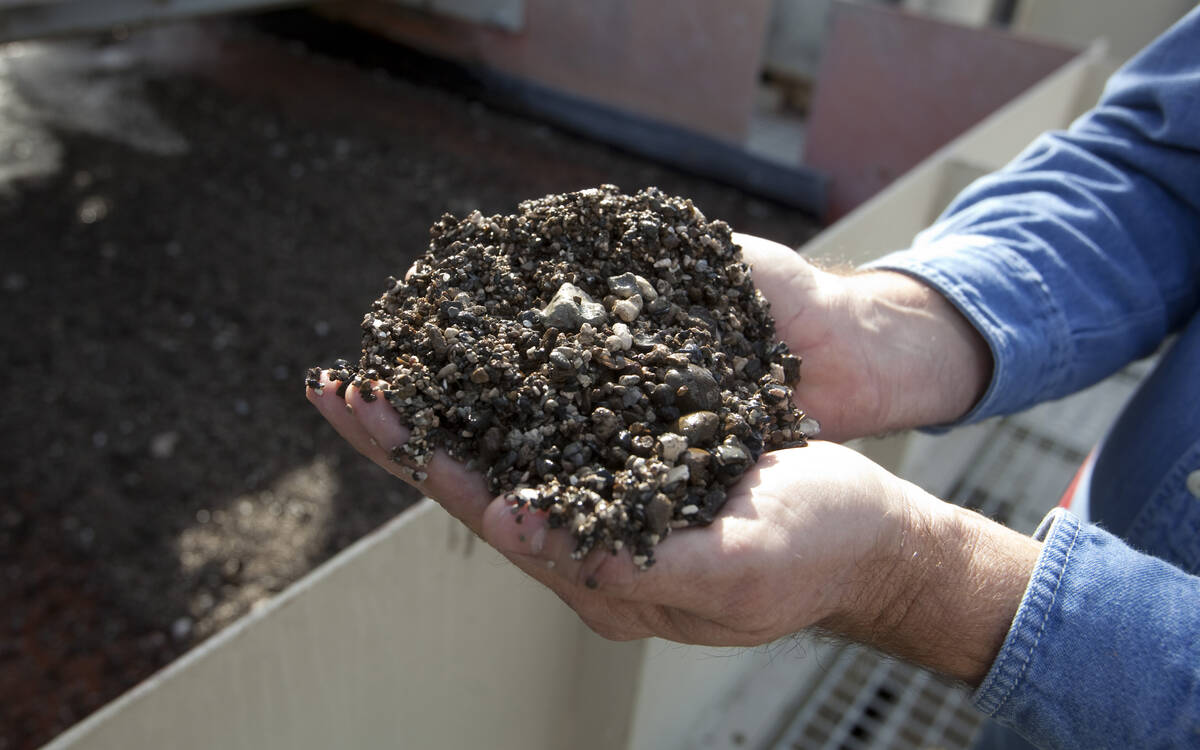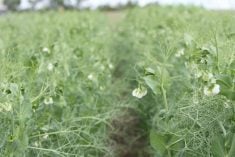Canaryseed acreage is expected to plunge this year, providing a chance of better prices and a way to clear stocks that have been sitting in the bin for years.
Agriculture Canada estimates 2001-02 canaryseed acres will drop by 52 percent from last year, with a 47 percent reduction in production.
“It has tended to go up and down sharply from year to year,” said Stan Skrypetz, an Agriculture Canada special crops market analyst.
“When the production went up, prices dropped, therefore farmers got out of it, and then the price went up again.”
Read Also

Phosphate prices to remain high
Phosphate prices are expected to remain elevated, according to Mosaic’s president.
Skrypetz said if acreage drops as much as the Statistics Canada report suggests, prices could jump by 35 percent.
Canaryseed is seeded on only a tiny world acreage. In 2000-01, only 219,570 tonnes were produced in the world, according to StatsCan.
That means it only takes a relatively small number of farmers to change their plans from year to year to affect the world supply.
In 1997, Canada grew 115,000 tonnes of canaryseed. That was less than half the 284,000 tonnes grown in 1996. The 2000 crop was 170,000 tonnes.
Most of the crop is exported. Between 1998 and 2000, Canadian exports were between 129,000 and 145,000 tonnes a year, well under the amount produced.
Agriculture Canada expects total world supply to drop by 28 percent to 235,000 tonnes. It expects carry-out stocks to become negligible.
This year’s plunge, Skrypetz believes, has a number of sources.
Soils in western Saskatchewan and Alberta are extremely dry. Canaryseed is a small seed that has to be sown close to the surface into good moisture. Unless Saskatchewan and Alberta soils get good rain soon, farmers will probably not risk planting canaryseed, Skrypetz said.
Many growers are also probably holding off on planting more canaryseed acres because they have substantial stocks in the bin from previous years.
Canaryseed is easy to store for years without degrading. The world market has been glutted with canaryseed for a few years, so stocks have remained high while prices have been pushed low, discouraging production.
Canaryseed neatly fits into many farmers’ rotations, especially in Saskatchewan where the bulk of the Canadian crop is grown. But this year it is likely losing out to wheat, which plays the same role in the rotation, Skrypetz said.
“With high stocks of canaryseed and wheat prices improving, some will say, ‘this is the year I’ll seed more wheat.’ “
Statistics Canada’s seeding intentions report was based on farmer interviews in late March. The moisture situation in many areas has worsened since then, but canaryseed prices have jumped to 13 to 14 cents per pound from 10 to 11 cents, which may encourage producers who have moist soil to put in more acres of the crop than they had planned.
Some analysts have suggested farmers may have misled Statistics Canada with false information about acreage reductions in attempts to move the market.
But Skrypetz doubted that would be a significant factor in the surprising result of the survey.
The most likely explanation for this year’s acreage plunge is simply that canaryseed doesn’t seem the most attractive crop to grow compared to other options.
“Farmers are looking for other alternatives.”















